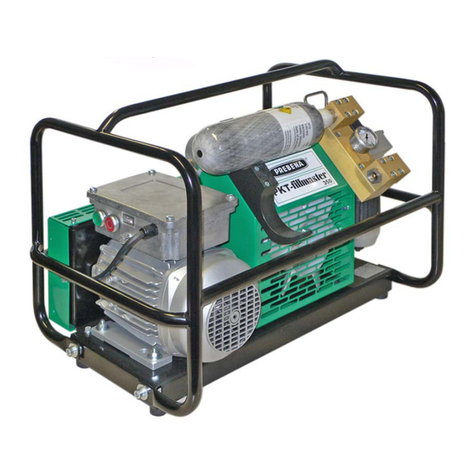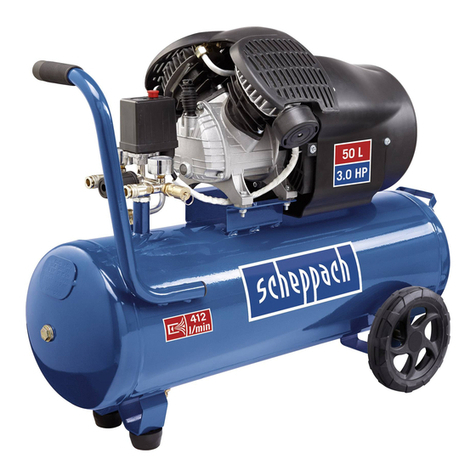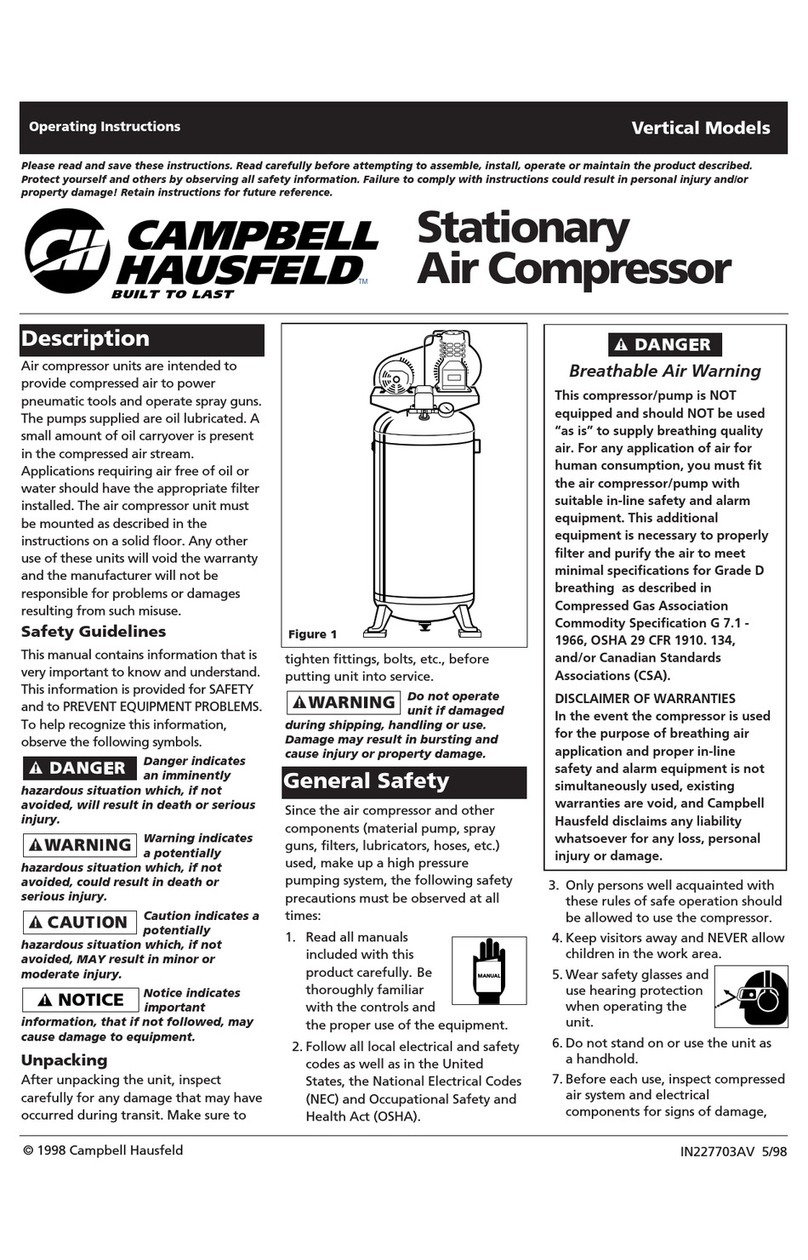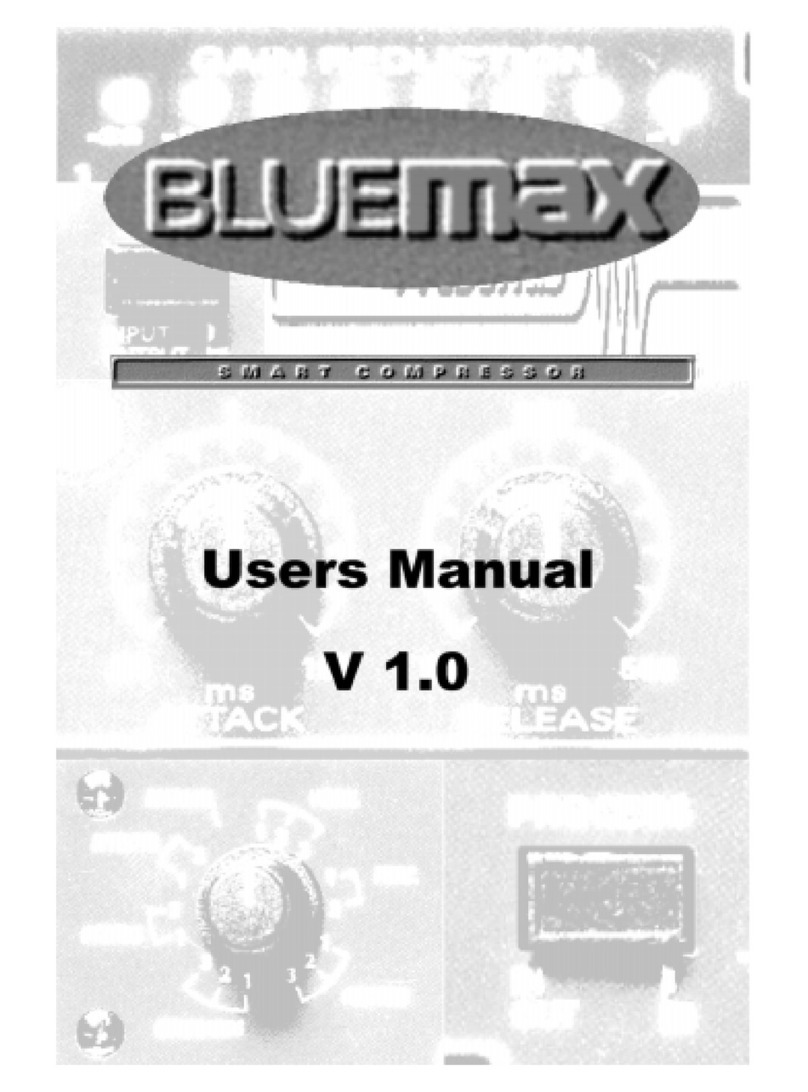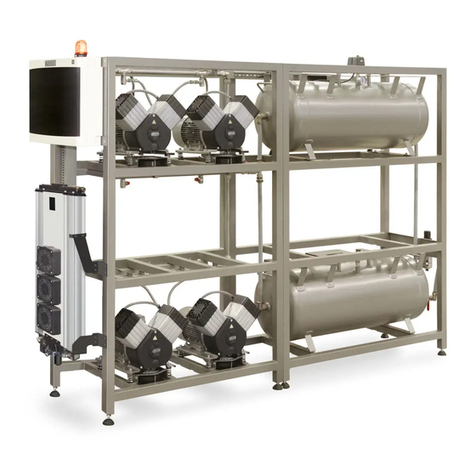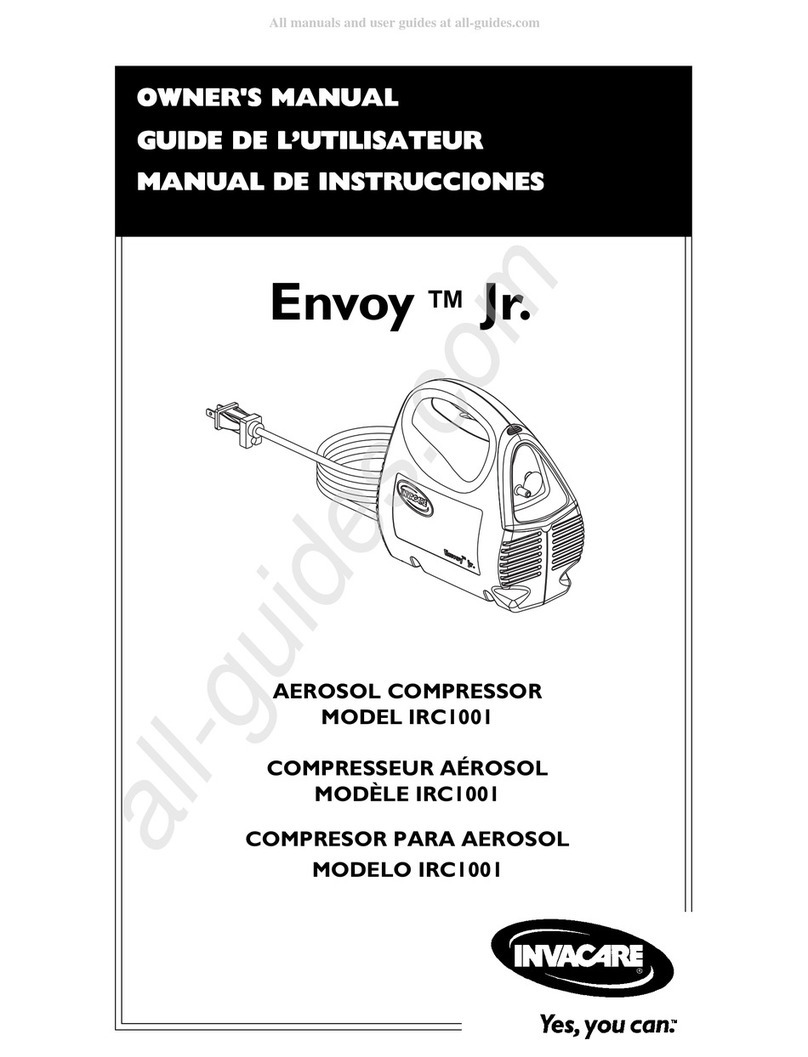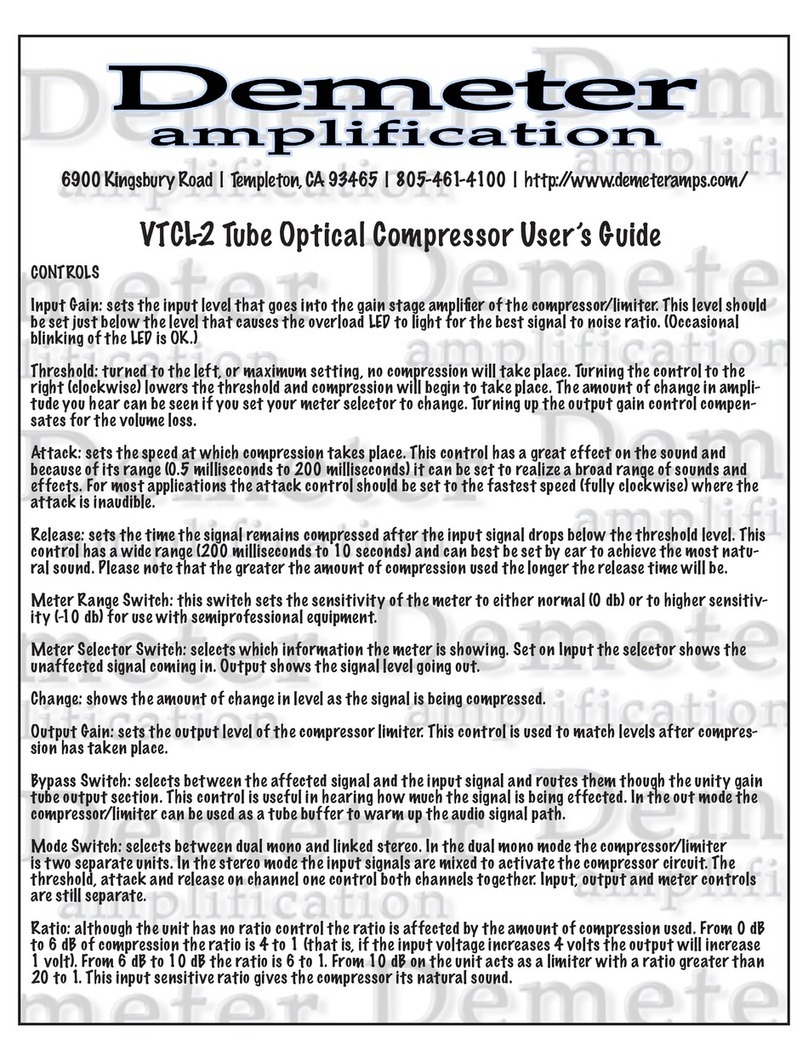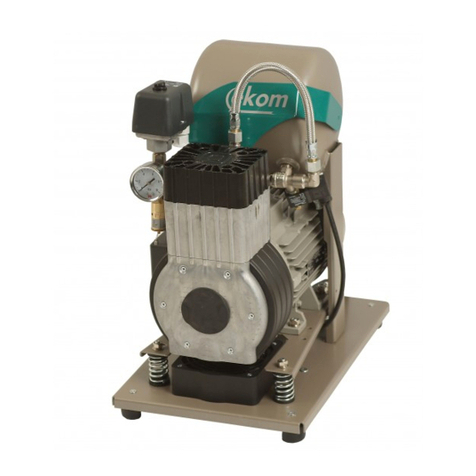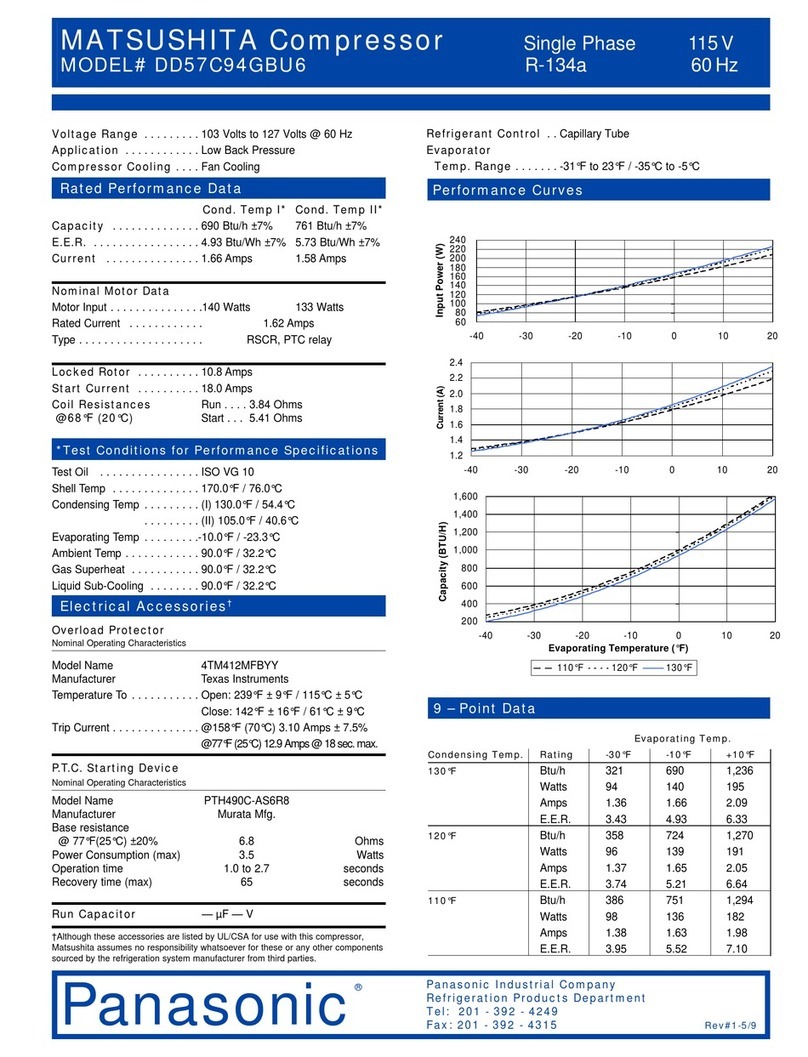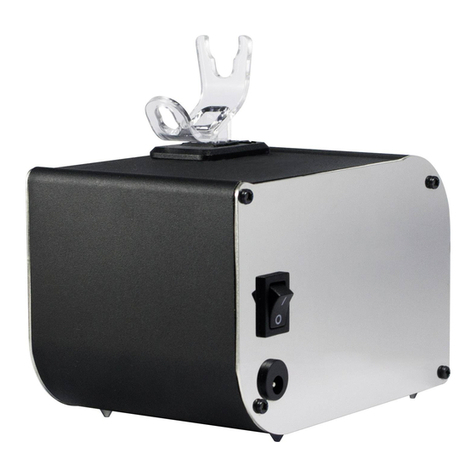
Chapter 7
Mechanical Thermostat for H, B, and F Evaporators
(See separate instruction sheet for Coastal MK3)
7:1 Refrigerator & Freezer thermostats
There are two different thermostats for different applications. The refrigerator version is mounted in a
white housing and is designed to be used where the evaporator is mounted in an icebox that is intended
to be kept at refrigerator temperatures. If the evaporator is of the H- or B-type and is correctly sized, a
refrigerator mechanical thermostat is used and this ensures that the interior portion of these evaporators
will be kept at freezer temperatures.
The freezer version is mounted in a blue housing and must be used where the evaporator is mounted in
a space that is intended to be all at freezer temperatures.
If an existing icebox is divided with an insulated barrier, a spillover system can be employed whereby
the evaporator is mounted in the freezer compartment, and a thermostatically controlled fan, mounted
on the refrigerator side of the barrier, draws air from the freezer to keep the refrigerator section at the
desired temperature. A gap or holes at the top of the barrier allow air to return to the freezer.
7:2 Mounting
The mechanical thermostat can be mounted either inside the icebox, or in an alternative location that is
within the scope of the sensing tube. If the thermostat is mounted inside the box make sure that liquids
or condensation cannot flow down the shaft and into the mechanism by positioning the housing so that
the shaft exits either on the bottom or the side. The Frigoboat logo will be the right way up if the
thermostat is mounted correctly. Markings can be made on the perimeter of the knob to assist in
determining the setting. Do not mount on the ceiling of the box. The sensing tube controls the
thermostat by the pressure of the gas it contains and must not be kinked, broken, or cut. Any excess
tubing may be carefully coiled up and secured out of the way to avoid damage.
When securing the sensing tube, make sure contact is made only with the evaporator at the point where
it is attached under the plastic mounting plate and that it does not touch any part of the aluminum or
copper tubing. If necessary, the tube can be protected with small-bore plastic tubing, either by sliding
it on prior to attaching to the evaporator or by slitting it along its length and feeding it over the sensing
tube. Run the cable together with the copper lines to the compressor /condensing unit. Care must be
taken to ensure that the sensing tube does not come into contact with any electrical component either
inside or outside the icebox. There is an insulating cover over the most exposed wire terminal and
connector inside the plastic thermostat housing. An inspection must be made before mounting, to
ensure that the entire terminal and connector is covered and that no metal parts are exposed. Confirm,
before mounting the thermostat, that the capillary tube is not in contact with any wire terminal,
connector, or bare wire. If the sensing tube needs to be bent within the confines of the plastic
thermostat housing, it must be done with great care, heeding the warnings above.
7:3 Operation
The thermostat knob is marked from 0 to 7 with 7 being the coldest setting. From this position the
knob can be rotated counter-clockwise to setting 1, which is the warmest. On initial system start-up, it
is recommended that you set the thermostat to number 4, letting the system run through a few cycles
while monitoring box temperature before any adjustments are made. Once the right setting is found for
your application there should be no need for the thermostat to be adjusted again. If it is not possible to
see the numbers on the dial, it is recommended to reproduce them on the perimeter.
Setting the knob to the 0 position will turn the system off. It is recommended that the system not be
turned off and on from the thermostat. To turn the system off and on, use a panel-mounted breaker or
install a switch in line with the power supply.
